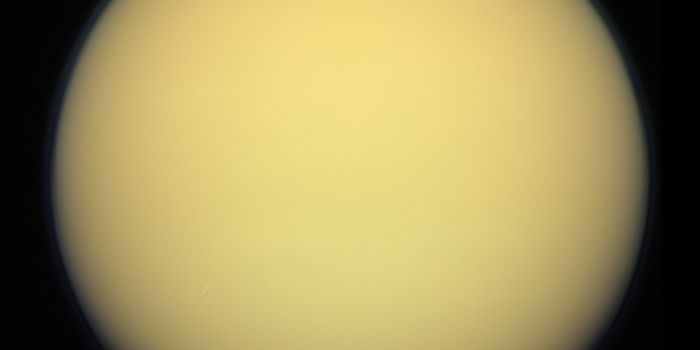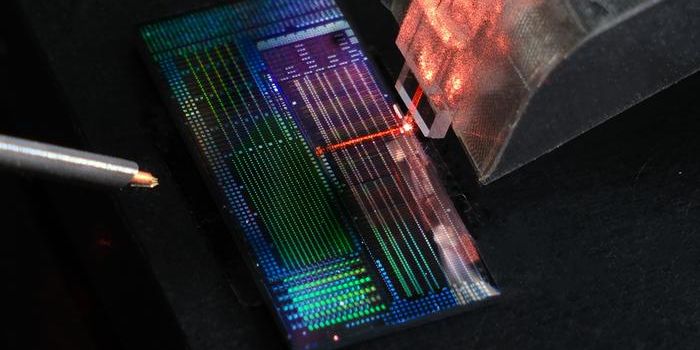New Lens Manufacturing Technique
In a publication featured on the cover of Applied Physics Letters, scientists on a collaborative study have recently developed an inexpensive, less challenging method to manufacture custom lenses which can help manufacturers avoid expensive molds needed for optical manufacturing. The work was funded by the National Science Foundation.

The development is a liquid mold from droplets that can be manipulated with magnets to create a diverse set of lenses. High-quality lenses are increasingly needed for quality cameras, advancing self-driving cars, and robotics. However, traditional molding and casting processes used in the manufacturing depend on sophisticated and expensive metal molds—this limits manufacturers to produce one kind of lens.
Learn more about how lenses and cameras are made:
“The molds are precisely finished and are difficult to make,” Lei Li, assistant professor in the School of Mechanical and Materials Engineering. “It isn’t worthwhile to make a mold for low-volume production.”
Researchers initially worked to develop their own lenses using 3D printing. The step was proven difficult because of the control needed in lens shaping. Later, they focused on the idea of using magnets and the surface tension of liquids to create free-flowing molds.
To do so, they added tiny magnetic iron particles into liquid droplets followed by a device that surrounds the droplets with magnets. Plastic used in lenses was then poured over the droplet followed by an application of a magnetic field that allowed the droplet to take the shape of a conical lens shape. The process created a mold for the plastic lens material. Once the plastic is cured, it hardens and then develops the same optical properties and imaging quality as the commercially available lens. Additionally, the liquid droplet can be used again as it remains separate.
“We brought the concept of interfacial tension to the field of optics by introducing an innovative controllable liquid mold,” said Li. “This novel process allowed us to regulate the shape of a magnetic drop and to create lenses without having to fabricate expensive molds.”
Source: Washington State University








